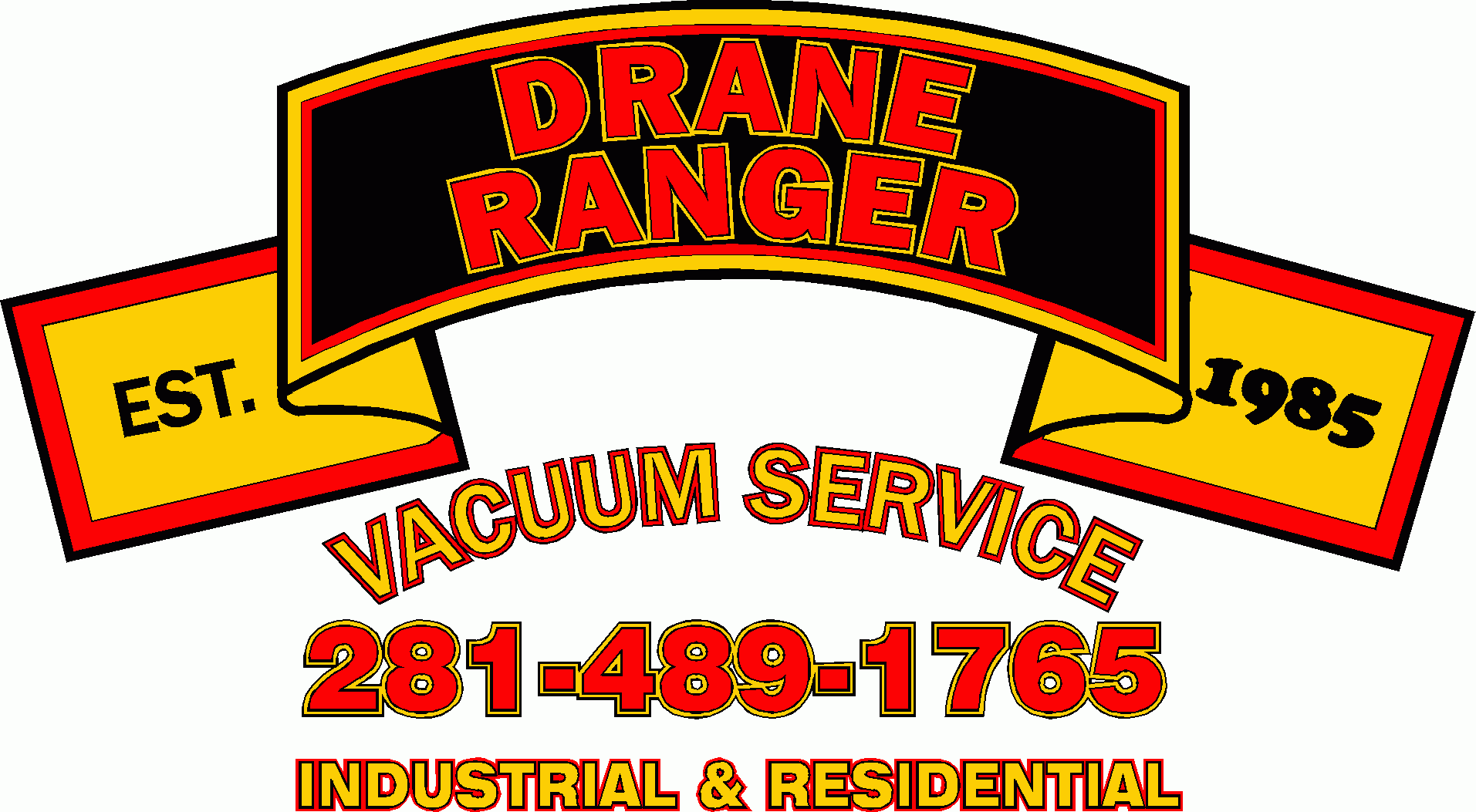Septic systems have long been an environmentally-friendly way to recycle household wastewater. Like all systems they can and run into problems. A failed septic system can lead to groundwater contamination, sewage ponding in the yard and sewage backups into the home.Septic systems have long been an environmentally-friendly way to recycle household wastewater. Like all systems they can and run into problems. A failed septic system can lead to groundwater contamination, sewage ponding in the yard and sewage backups into the home.
Most people think the lack of system maintenance is the biggest reason that septic systems fail.
According to septic tank cleaning companies, this does not happen as often because most homeowners are aware of the need for septic system maintenance. Stats show that less than 10% of failed systems are due to lack of septic pumping.
But it’s actually heavy water usage that can clog a septic system and cause failure
As septic tank cleaning companies explain, the septic system works depends on the amount of water a household uses each day. The amount of water plays a large role in the septic filtration system’s lifespan. The separation of waste happens with the flow of wastewater from the inlet to outlet in the septic tank. The natural separation process of solids and liquids of different densities and gravity results in the scum rising to the top, the sludge sinking to the bottom, and the watery effluent in the middle.
To prevent septic system failure, it’s important to understand what commonly cause the nasty problem of a failed septic system and then you’ll understand how to prevent failure from happening.
Septic tank cleaning companies caution about the common symptoms of inefficient septic system and problems which can lead to septic system failure.
. drains backing up into the home—a sign of a clog in the septic system, failure of the equipment or it is starting to overfill
. bad smells coming from drains, or around the area that the septic tank is placed on the lawn
. over-green area on the lawn, means waste is getting out through the septic system into the drain field. This is caused by equipment failure or overfilling
. soggy lawn and build up of water near septic tank
. water and sewage from toilets, drains, and sinks are backing up into the home.
. bathtubs, showers, and sinks drain very slowly.
Despite warnings and suggestions from septic tank cleaning companies many homeowners still leave septic tank maintenance, septic tank cleaning or septic tank pumping needs left to the last minute. Septic tank failure can be pricey, cause a huge mess to clean-up in the basement or landscaping. For commercial or industrial properties, a septic tank system failure could result in massive environmental clean up costs and fines.
Septic tank cleaning companies do regularly scheduled maintenance and a quick response may save money in repairs and prevent illness and negative impact on the environment.
